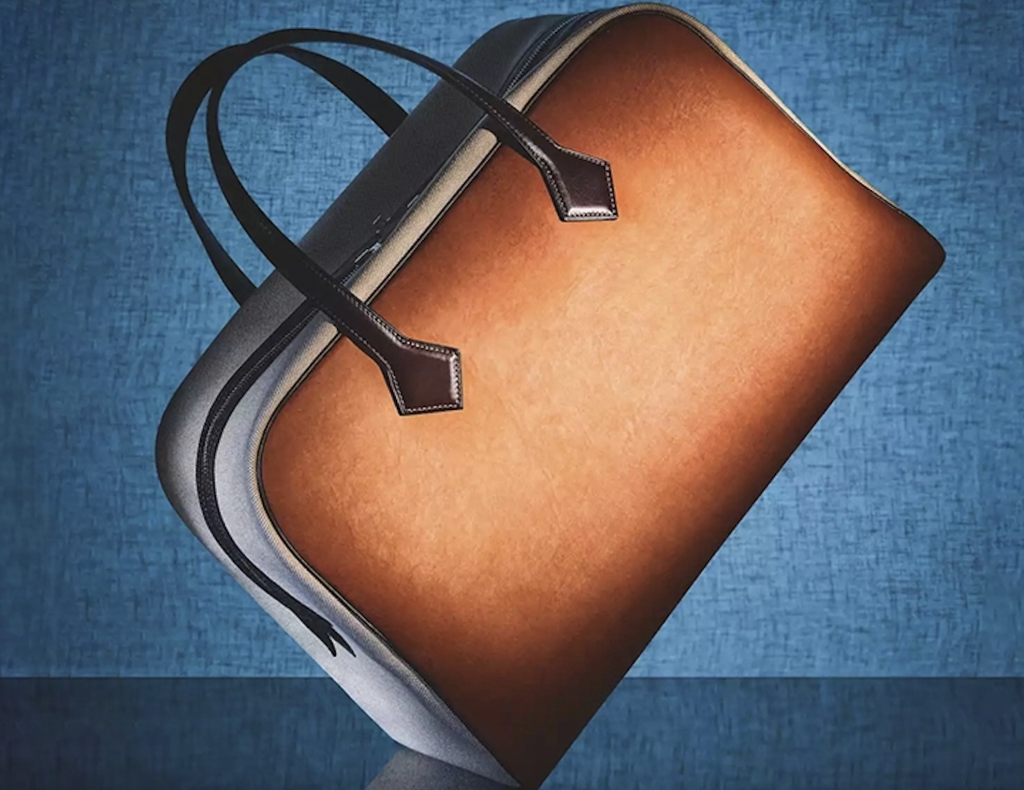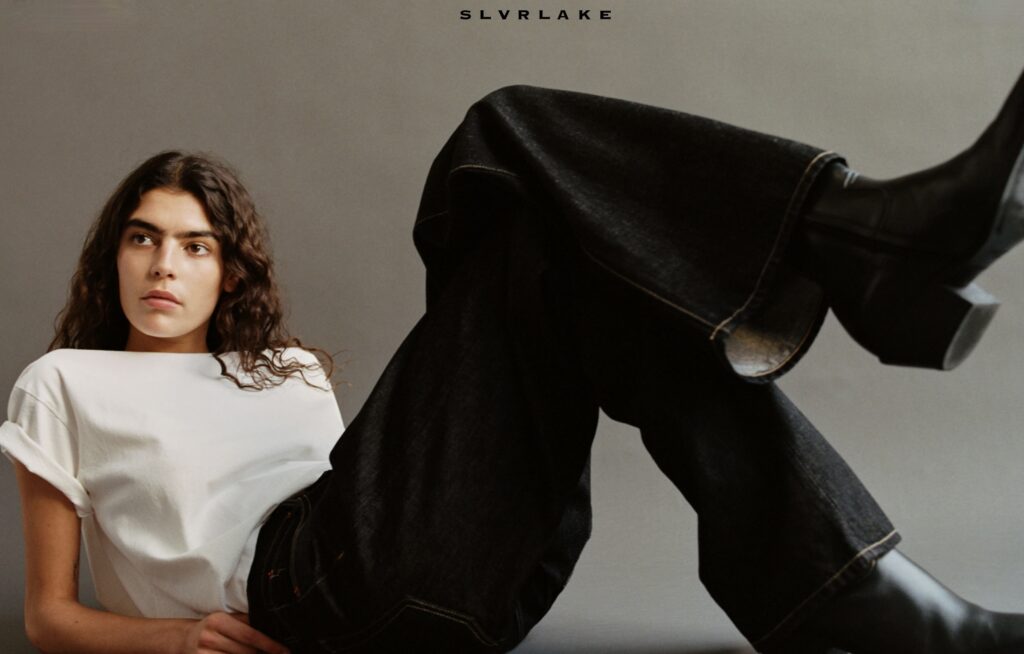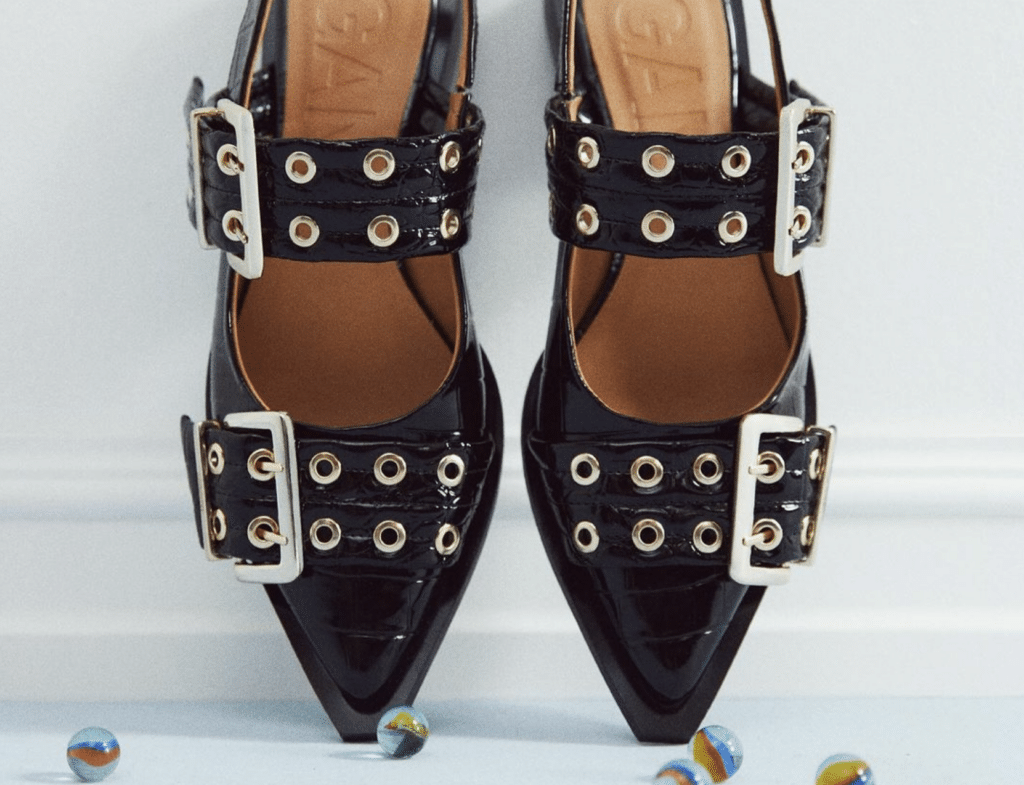The use of plant-based raw materials in the world of fashion is an increasingly upward trend that has provided fertile ground for the research, production, and maybe most of all – marketing – of numerous new inventions, all of which is reflected in intellectual property rights, including the trademarks under which the products are ultimately marketed and the patents for the processes involved in creating these materials. The adoption of cruelty-free and eco-friendly goods is here to stay. However, given that alternative leathers have traditionally been made from plastic, which can be excessively polluting, and also not sufficiently breathable, the need arose for creativity in this regard in order to find organic materials that do not involve animals in their production and that also provide a look and feel that would be acceptable to the exacting standards of even the most exacting consumers.
A popular option has come in the form of plant-based raw materials. Although the market has already seen the emergence of alternative fabrics for apparel and accessories, such as waxed cotton, cork and also washi paper (a highly absorbent Japanese vegetable fiber-based paper that does not discolor or tear over time), the rise of “eco” fashion and the need for sustainability and respect for the environment has brought some innovative solutions to the fore, resulting in textiles that mimic the appearance, durability, and feel of traditional animal leather.
Many of these new materials are non-toxic, non-pollutant, and fair trade, which makes them even more attractive to those interested in alternative fashion. Some of the most convincing plant leathers used by designers are made from extremely surprising materials – from pineapple leaves discarded at harvest time to apple fibers, such as those produced by the British firm Ananas Anam Ltd. and the Italian company Frumat SRL, respectively. In addition, the famed fashion house Hermès recently revealed that it has spent the past 3 years working with material science company MycoWorks Inc. to create a material called Sylvania, a leather alternative made from mushrooms.
Hermès said in a statement this month that it aims to make the Sylvania “leather” available by way of its Victoria travel bag by the end of 2021.
Behind these budding new materials lies branding and research endeavors, the results of which – quite naturally – are reflected in an array of different types of intellectual property rights. For example, Ananas Anam Ltd., a company founded by Spanish national Carmen Hijosa, markets fabrics that consist of raw material from the Philippines, which is one of the largest pineapple producers in the world. The fibers come from part of the pineapple leaf that Filipino farmers would otherwise leave to rot or burn. The fiber extraction process uses very little water, and the left-over material can be used as a fertilizer.
In addition to protecting the names at play PIÑATEX and PIÑAYARN – via European Union trademarks no. 15323991 and no. 18130080, Hijosa registered a patent for the product, which has been adopted by a number of notable entities, including Hugo Boss, which uses the material for its “vegan” sneakers.
At the same time, under its own European Union trademark (no. 18124522) for “APPLESKIN”, Frumat SRL markets an alternative fabric made from the waste from apples grown in Italy. Once the juice has been extracted from apples, the remaining pulp is normally discarded. To make plant leather, the apple waste is dried and ground to a powder. This powder is then mixed with pigments and a binding agent, spread over a canvas sheet and left until it turns into a material that resembles leather, with a result so convincing that Tommy Hilfiger used it for its sneakers in the “Zero Waste” collection.
The Reishi-based material that Hermès uses was created in-lab by San Francisco, California-based MycoWorks, Inc., a startup that boasts investors, such as actress Natalie Portman and musician John Legend, and consists of mycelium chains, the network of filaments that form the body of mushrooms and all other fungi. The mushrooms are grown and transformed to make this fabric at MycoWorks’ factory in a low-energy process, since mushrooms only need mild temperatures and grow in the dark. The product is then cured and finished in France by Hermès artisans, in a unique pairing between the very latest in biotechnology and a long-established elite fashion brand.
In a nod to the mushroom-based material, MycoWorks is seeking to register the word “REISHI” for use in connection with leather goods, clothing and footwear, and upholstery, among other things. Its application (no. 18345641) is currently pending before the European Union Intellectual Property Office. At the same time, MycoWorks has filed at least ten patent applications in the U.S. and beyond since 2010, with most of those applications still pending.
(McKee Voorhees & Sease PLC attorney Sarah Luth notes that “a challenge in obtaining mycelium-centric patents is the long-standing prior use and manipulation of various types of mycelium” since people “have been manipulating mycelium materials for decades (and longer),” making it so that “any patent applicant will likely need to make a strong showing their mycelium product is produced by new methods (e.g. some improvement due to a particular nutrient source, temperature, method of layering or seeding the mycelium) or that the material is chemically or microbiologically new in some way.” While such a showing could very well prove to be costly, given “the exponential market demand for alternative ‘leather’ sources,” she says “an investment in mycelium “leather” patents may still provide a strong return on investment.)
All the while, even the World Intellectual Property Organization has launched an initiative of its own in a similar vein: WIPO GREEN, an online platform and marketplace for the exchange of sustainable technology, connecting providers and seekers of environmentally friendly technologies, thereby, providing a catalyst for innovation and diffusion of green technologies as part of a larger trend that has opened the door to research, production and marketing of numerous inventions, not just in the fashion world, but also in the fields of decoration, foods and technology.
Natalia Ruiz Gallegos is a senior associate in Garrigues’ Intellectual Property Department, who handles international trademarks, foreign trademarks, Community trademarks, and Spanish trademarks, monitoring the trademarks on application, through registration and beyond.











